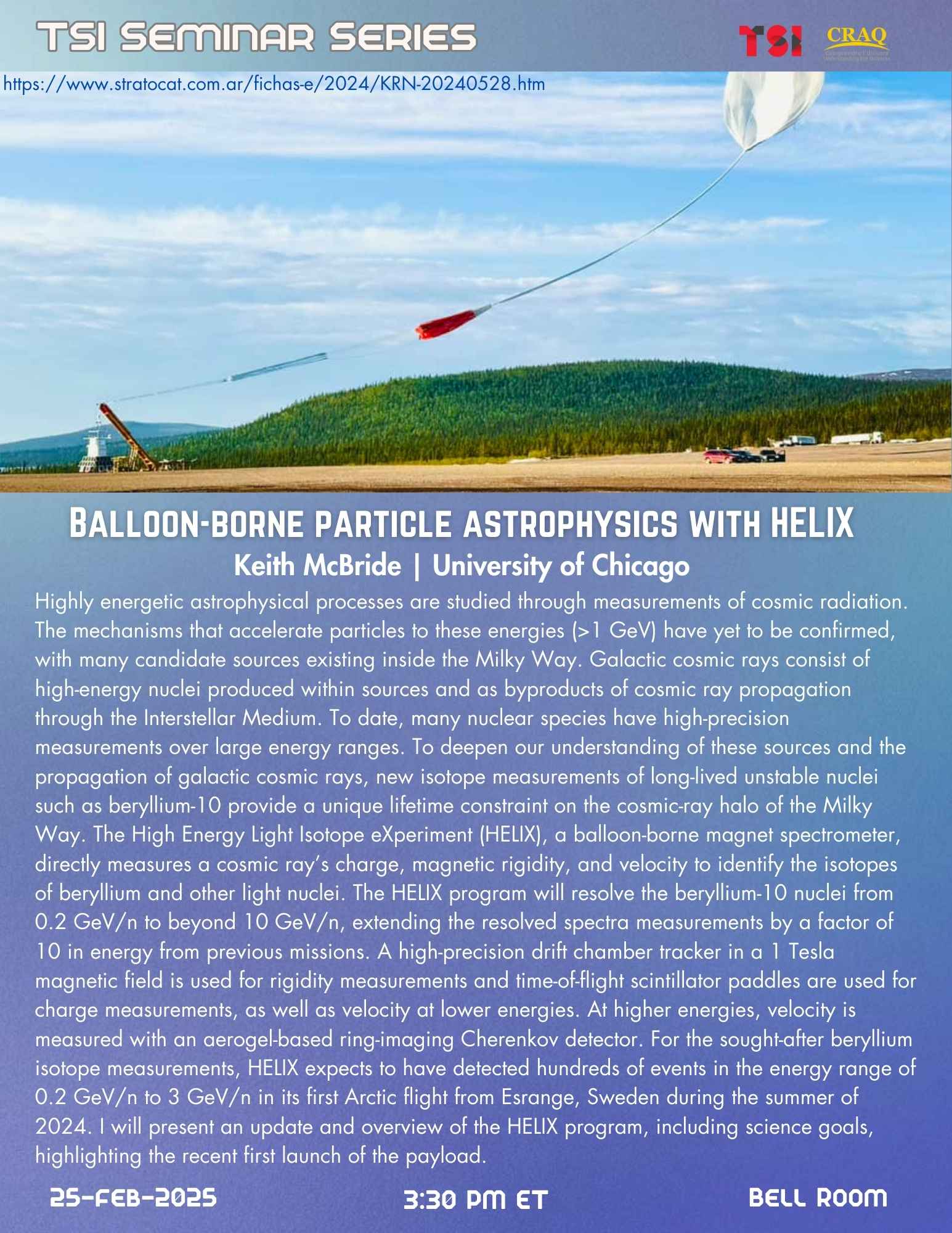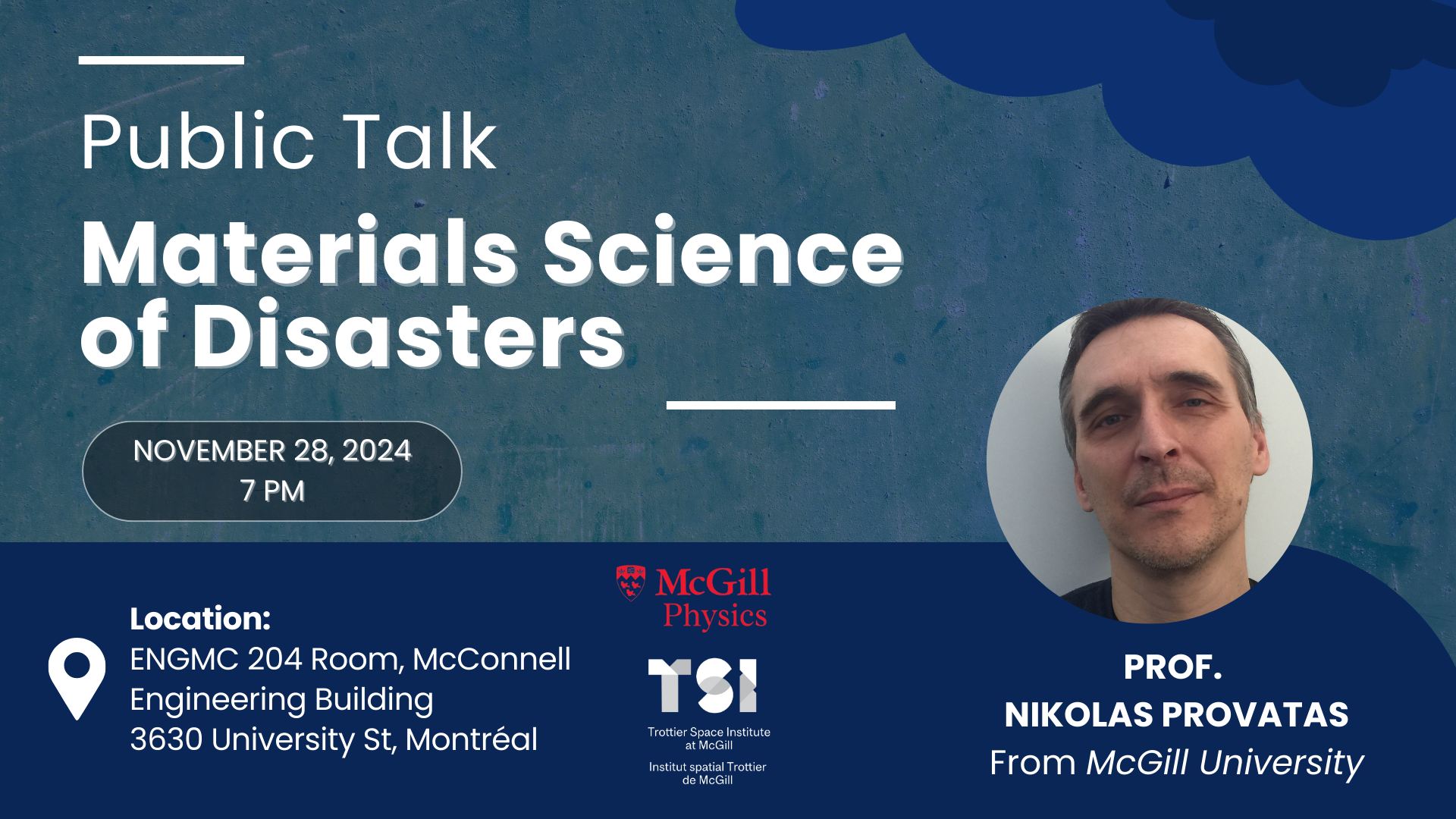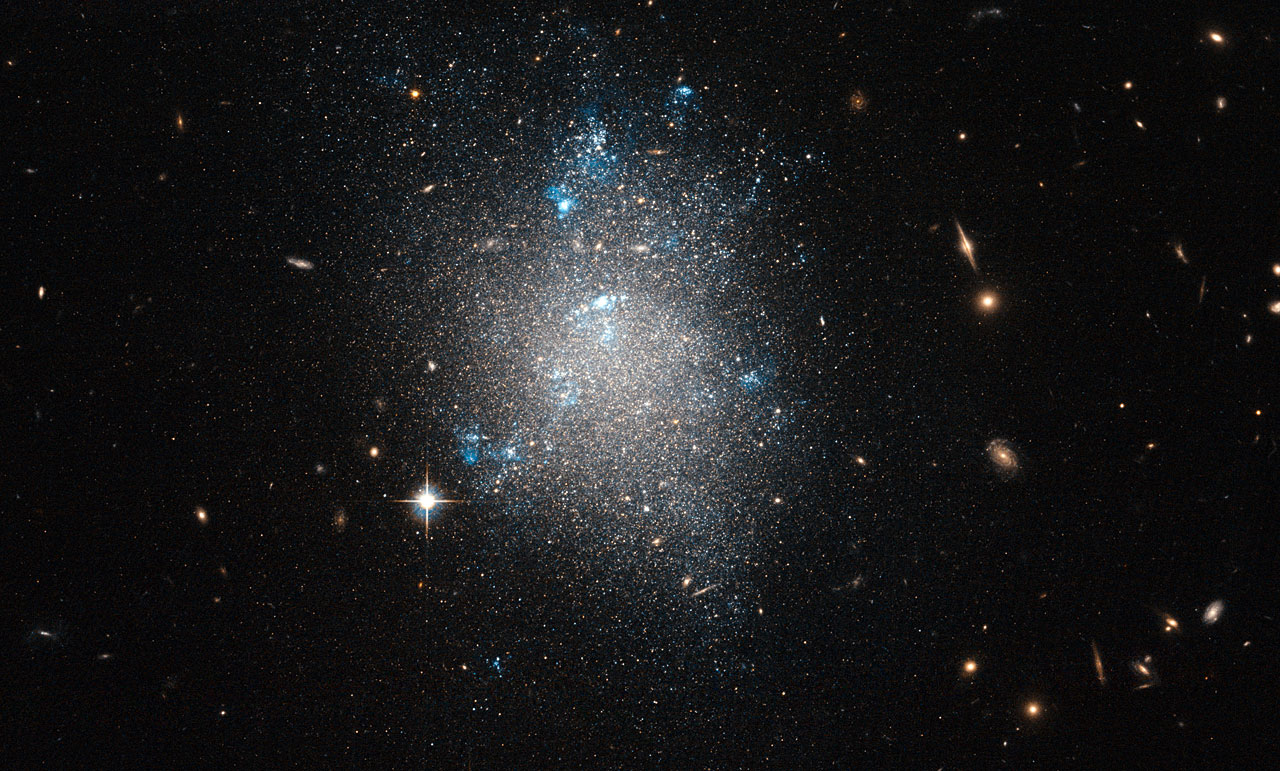When and Where Does Star Formation Stop? Stellar Mass Assembly and Quenching in Galaxies across Cosmic Time
Gourav Khullar
(University of Pittsburgh)
Nov 7, 2023 3:30 PM
Location: Bell Room
Seminar Event
A major challenge in the field of extragalactic astrophysics is understanding when the most massive galaxies assemble the bulk of their stellar mass and quench star formation, across a wide range of redshifts and environments. The Hubble Space Telescope sketched a rough vantage of how the most massive galaxies formed and evolved through hierarchical formation and major mergers. However, the first JWST observations have completely transformed this picture, and called into question our understanding of the largest structures in the Universe, by finding too many, too massive galaxies, too early in cosmic history. In this talk, I describe my work to uncover the physics of the evolution and quenching of massive galaxies, and present state-of-the-art observations and modeling of representative populations of quiescent galaxies across cosmic time, with the JWST survey UNCOVER. I also share my team's work on discovering and characterizing distant gravitationally lensed galaxies -- massive spatially-resolved systems that give us a peek into their sub-galactic structures. Finally, I share my vision for these sub-fields with new observations planned for the upcoming year with JWST, including a new program I am co-leading called LEGGOS -- LEnsing and Galaxy Growth: Observing Substructures, that will revolutionize our understanding of star forming regions within galaxies in the early Universe.




































